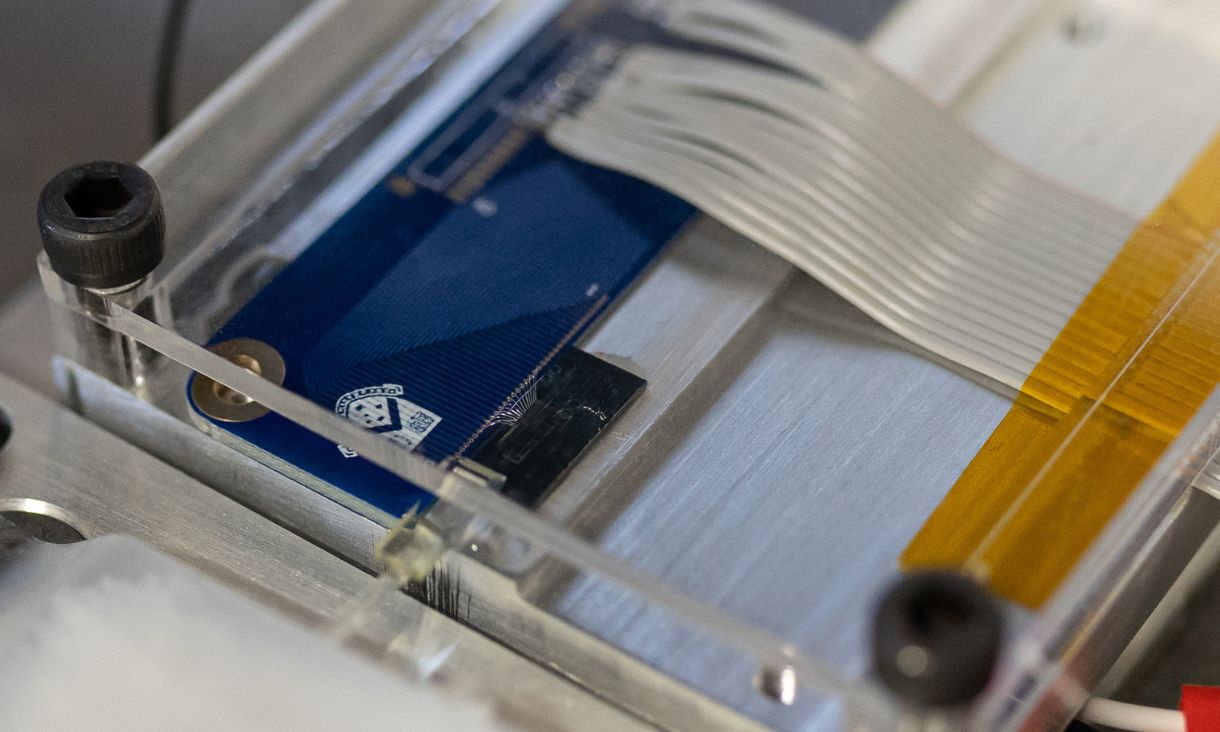
Connecting internet superhighways to keep up with data demands
A team of researchers from Monash, RMIT, University of Adelaide and the Beijing University of Posts and Telecommunications have created a fingernail-sized chip to more efficiently route our internet’s data to its destination.
A team of researchers from Monash, RMIT, University of Adelaide and the Beijing University of Posts and Telecommunications have created a fingernail-sized chip to more efficiently route our internet’s data to its destination.



